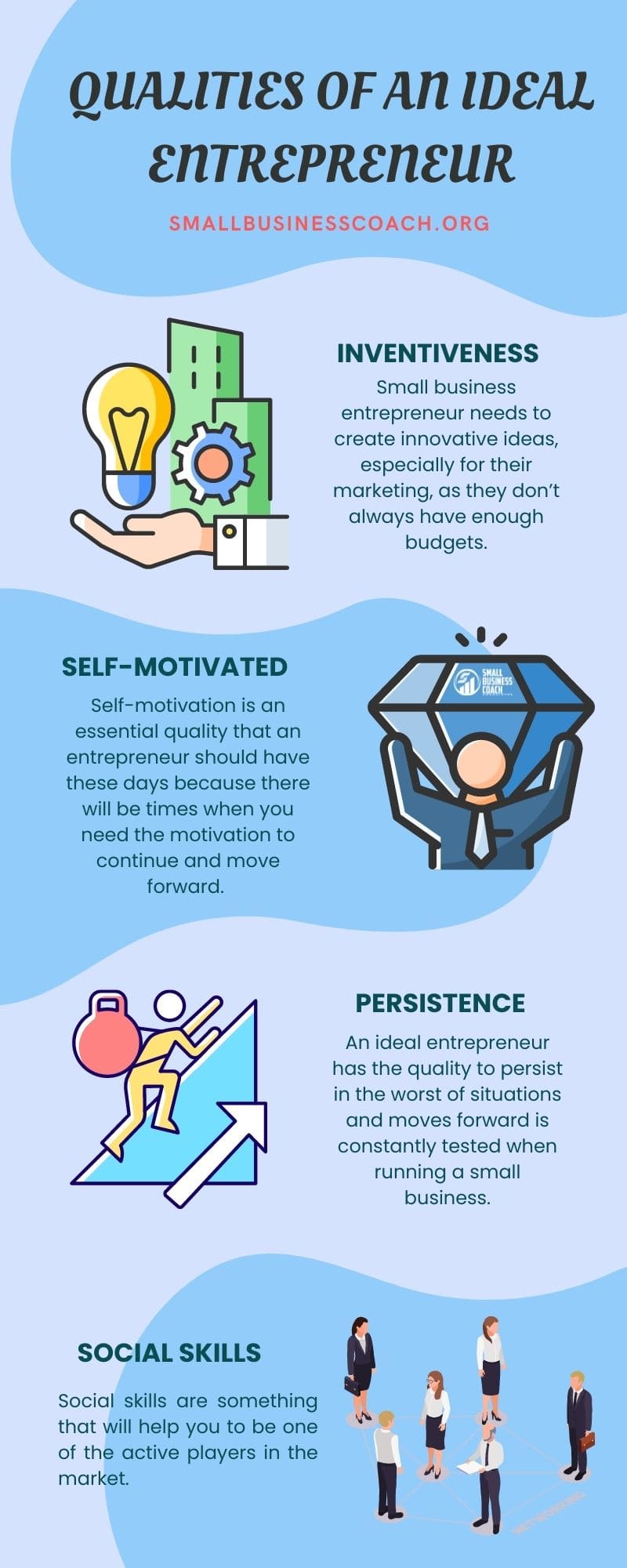How Electrical Contractors Grow Their Company
Your electrical service contractor company likely provides residential and commercial customers with a full range of design, installation, repair, inspection, and renovation work.
While highly skilled in all things electrical, many of these independently owned service companies face challenges in strategy, organization, communications, and marketing.
We at Small Business Coach Associates would like to offer 6 effective methods that will specifically help an electrical contractor company to grow and succeed.
Six Best Marketing Tactics to Grow Your Electrical Service Contractor Company
The following approaches can make a significant difference in working smarter, not harder as well as building up team rapport, improving customer service, and reaching your target audience and growing your business.
- A Catalog of Contacts
- Relationship Building
- Follow-Up
- Word of Mouth
- Services, Services, Services
- A Marketing Strategy
Following is more detail on how to easily implement these tactics:
#1 Arrange Your Contacts in Your Database
As the owner of an electrical service contractor company, we are sure that you have contact info from most (if not all) past and current customers. However, you probably don’t have them all in the same place.

When the time comes to send a message or announcement about a new product, location, event, sale or other promotion, you want a simple way to send the same message to the same group of contacts at the same time.
Gather up the accumulated business cards, post-it notes, email contacts, and all online or paper lists to compile your customer contacts in one place.
You may also add names of people you’ve met while networking and at events. You may include contact info from vendors, contractors, partners, or other business associates. At a minimum, keep their name, company, and email address. Consider including other data that you might need for a communication such as phone number, address, last contact date, type of contact, or description of work provided.
Prepare Your Customer Data to Begin Marketing
You can store this data many ways, such as in an online app, an Excel spreadsheet, or a Customer Management System like SalesForce or ActiveCampaign. You can keep everything in an email “group” consisting of only business contacts (no friends, family, et al).
Whatever method you employ, be sure to update it regularly.
With a ready-to-go list of contact information, promotional campaigns will be a breeze … and that will result in … new business!
#2 Build Better Team Relationships
When you have a small business with a limited number of staff, like an electrical service company, it is important that all the members of the team get along, are acknowledged, and are empowered to play a part in your company’s success.
Having a good relationship between the different staff members allows your electrical contractor company to work better. This culture can be fostered through individual recognition, respect, teamwork, and communications. An obstacle to communications is the fact that you have “cowboys and cowgirls out on the range.” Since they are outside your office performing work, you have less contact with them.
Ways to Build Your Team Relationships
A great first step is in recognizing that any team member (whether full-time, temporary, or intern) may bring not only potential customers but also possible ideas that further your success. They can recommend your services to their friends and families. Their attitude and enthusiasm may be the reason that some customers continue to use your firm.
To nurture their job satisfaction, input, and work ethic, find ways to:
- Acknowledge the good – which can be as simple as an email recognizing what they’ve done well, a “Job Well Done” sticker, or a $5 gift card.
- Come together – have regular all-hands meetings to discuss the state of the business, to talk about new plans, or announce promotions. Allow time for Q&A.
- Keep your door open – sincerely offer for staff to come to you or their manager with their ideas or potential leads in addition to their concerns or feedback. All input can play a role in better working relationships and a more successful business.
#3 Follow-Up With Your Customers
A rather simple method to build a good relationship with customers is through follow-up communications.

Make a call or send an email after a service call or when a project is completed. Ask for a ranking or feedback on aspects such as:
- Response time
- Professionalism
- Efficiency
- Cost
This method will, first, give you an idea of areas needing improvement while, second, building rapport. You can include a short questionnaire about these key points.
Thank Your Customer For Choosing Your Business
You can take this opportunity to thank the client for choosing your company and to offer a discount or gift card for new clients they recommend. You can even remind them of your guarantee or warranty, or request a testimonial on your website or social media page.
Doing follow-up communication is a clear signal that you care about your customer’s satisfaction and about doing a good job.
“We would like to recommend Alan at Small Business Coach Associates for making a large impact on our business. We are on track to double our generator sales this year. We gave ourselves and our employees raises, and we have paid an additional $75,000 on a loan that is nearly paid off. We have improved our quoting process, our sales process, our collections process, and our conversions process. These improvements have resulted in a big positive impact on our sales and cash flow. Additionally, we are offering financing and other value-added services which have benefited our customers and our business. Finally, we are taking more time off: 5 weeks this year!” Andy, President, Electrical Service Company
How to Handle Customer Complaints
When you receive a customer complaint, it could pertain to dissatisfaction with the service, the poor manner a consultant has handled a query, or a lack of updates concerning an appointment. No matter the reason for the complaint, it is important to provide the customer with an attentive response in which you do your best to resolve the issue.
While most businesses will experience a customer complaint, it is essential to always put your best foot forward. Many people who have a negative encounter fail to alert the company but will spread the word about a negative perception to colleagues, friends, and family.
What to Do When a Customer Complains
Breathe Deeply and Relax
It can be challenging to deal with an irate customer but remember; it’s all about your service. It is not a personal attack. When you quip yourself to approach a tough situation with a calm attitude, you can think reasonably and determine the best course of action to improve their experience.
Listen and Identify the Problem
Your customer wants to be validated. Listen to what they are saying and try to understand their perspective. Show them that you understand and explain the steps you will take to address the matter.
Provide a Solution Based on the Details
 Before agreeing to the customer’s terms, always get your facts. You need to make a professional decision that not only addresses the customer’s interests but maintains your business integrity.
Before agreeing to the customer’s terms, always get your facts. You need to make a professional decision that not only addresses the customer’s interests but maintains your business integrity.
Let the customer know that you have a handle on the problem by issuing follow-up calls. You could also offer a customer some form of a gift to show your sincerity, including a promotional offer. A discount off their next electrical maintenance service or a free electrical inspection are examples of such gestures.
#4 Cultivate Word-of-Mouth References
When someone needs an electrical contractor company, they no longer turn to the yellow pages and call the first number they see. Most people ask friends and relatives if they know someone who can handle the job.
According to Nielsen, 92% of people trust recommendations from friends and family over any other type of advertising. Plus, after analyzing specific case studies, researchers found a 10% increase in word-of-mouth [offline and online] translated to sales growth of up to 1.5% (source: www.bigcommerce.com).
So, you want to put some thought and planning into how to get the word out there.
The best strategy to get a reference will always be to maintain a high standard of service, be professional, and have a great relationship with your clients, staff, vendors, and other business contacts.
Consider a promotional plan, such as offering a $10 gift card to anyone who sends you a new customer. (Include employees in this, too!) Flood your local area with promotional products – like baseball hats, t-shirts, and signage.
Social Media as a Marketing Tool
Along with referrals, social media is a powerful marketing tool for business exposure and growth. For contractors, failing to incorporate social media is a missed opportunity. With more than 3.5 billion people across the world using social media, tapping into this market can help businesses convert visitors into customers.
 People are naturally drawn to visual content. Even those looking for an electrical service contractor may be more inclined to click on a video or an image compared to reading a traditional advert. This does not mean you shouldn’t include descriptive ads; it is simply about being concise, innovative, and creating intriguing content that addresses your customers’ pain points.
People are naturally drawn to visual content. Even those looking for an electrical service contractor may be more inclined to click on a video or an image compared to reading a traditional advert. This does not mean you shouldn’t include descriptive ads; it is simply about being concise, innovative, and creating intriguing content that addresses your customers’ pain points.
Shares, likes, followers, and joining groups are all part of networking. It works similarly to ‘word of mouth references’ but uses online posts, videos, and images to attract and educate consumers. This offers immense potential to build your customer base and assert your business as a trusted, competent, and leading service.
Using Social Media to Get Referrals
Use your social media presence as a referral channel, and for reviews. FaceBook, YouTube, and Yelp play a major role in building trust and getting new business.
On your web site, emails, social media pages, and marketing materials, (1) include testimonials from homeowners and businesses that you’ve serviced, and (2) apply your branding.
Ensure that social media platforms present a bright and glowing view of your company and its services. Don’t forget to check Google, Angie’s List, Home Advisor and Yelp reviews and rankings –
If it’s an unfair comment, respond to it (of course) with all the professionalism you can muster.
Click Here to Access a Free Tool to Get Great Reviews
If it is a fair but negative appraisal, respond by first contacting the unhappy customer and making things right, then reply online with that story.
#5 Offer More Electrical Services
Once a customer has experienced your services, don’t neglect to make them aware of the range of other services you offer. Take time to let them know you can do more than just hang a light fixture or repair a broken wall outlet.
Communicate that you can wire any size home, office, or commercial building. Let them know you do home inspections.

Publicize seasonal offerings like the installation of Christmas lights or yard displays. In the spring, show them photos of your most impressive outdoor lighting projects. People will be enticed by a photo of decorative strung lights on an attractive deck, or by discretely placed colored lights showcasing their home. Offer a free estimate on how to make their home look unique and upscale.
Consider offering service contracts, especially for commercial businesses. In such an agreement, a client would engage your company to exclusively perform electrical services.
Keep abreast of what customers want – if you don’t provide that service, then consider adding that to your offerings. That may require hiring new employees who are already trained and certified
#6 Define Your Marketing Strategy
As with any other company in any niche or industry, you need to have a well-defined marketing strategy.
Research the answers to these questions:
- What geographical areas do you serve?
- Do you see your geographical areas expanding in the near future?
- If yes, to where?
- In any new service area, what will be different (weather, household income, number of commercial properties, etc.)?
- Will it require new hires?
- Do you see your geographical areas expanding in the near future?
- Who are your target customers (homeowners with over $100K income, small business owners with 20 to 40 employees, local home developers)?
- What is the best marketing method to reach that audience?
- How much do you make in each type of work?
- What types of work gave you the most profit over the last year?
- What type of work do you anticipate will increase or decrease in demand in these areas?
- What is your Unique Selling Proposition? That is, explain what it is about your products, services, delivery, culture, etc. differentiates you from the competition.
- When are the times of year when your services are most in demand?
- Are you willing to add more services to your company?
- What type of electrical services are becoming more in demand?
- Which services have the highest ROI (return on investment)?
- What will this require (special skills? training? new marketing approach? added staff/subcontractors)?
- How much of a financial investment will be needed?
- Which methods of marketing have been the most effective (social media, TV, radio, newspaper, word-of-mouth, mailers, networking, etc.)?
Use the answers to develop your approach about WHO to market to, WHAT to promote, HOW and WHEN to advertise, and WHERE to market.
Why Your Electrical Service Business Needs Digital Marketing?
Owing to the impact that the 2020 pandemic has had on business, digital marketing has become a crucial part of growing your brand, making customer conversions, and attaining your professional goals.
 The best way to reach customers and grow your business is by capturing attention, creating targeted advertising, and establishing your brand as an authority online. Digital marketing, including social media marketing, helps you attract potential customers to your services over your competitor.
The best way to reach customers and grow your business is by capturing attention, creating targeted advertising, and establishing your brand as an authority online. Digital marketing, including social media marketing, helps you attract potential customers to your services over your competitor.
Today’s top electricians are not only successful because of their skills but have invested in influential marketing and channels that local audiences can easily reach and access. By developing your very own online presence, you can reach more customers and represent your brand on the internet. Websites and social media allow you to describe your services, share client testimonials, and list the geographical locations you cover.
As customers can use their PC, tablet, or phone to perform research into electrical services in a specific region and find your business faster than traditional marketing methods, it is important to become part of the online trend.
How to Start Marketing Your Electrical Service Business?
Marketing your business online should include service-based locations. Keep customers updated on new technologies, practices, and jobs completed by posting images and reviews on your website and social media.
Online marketing is also a great way to advertise your contact details. Include an online submission form for booking consultations and performing general inquiries.
Creating a Successful Web Presence for your Electrical Service Business
A professional website is a great way to increase brand exposure. It is the face of your company but also a resource for clients to learn about who you are and what you offer. Your site should be easy to navigate with a breakdown of the electrical services you provide. Along with advertising your brand and services, you can encourage visitors to sign up for a newsletter or promotion using their email address. The greater the number of emails, the easier email marketing strategies become part of your marketing campaign.
An electrical business is service oriented. From your website to the moment you answer the phone, your focus should be on the customer experience. Brand and service consistency improve customer perceptions and loyalty.
Along with the digital strategies and groundwork you put into building your business, optimizing your online campaign remains a crucial part of successful marketing. SEO for your electrical service business will increase brand awareness and place your company in the higher pages of Google’s and similar search engines’ rankings. By incorporating terms and locations for your electrical business, SEO helps target customers who are looking for your service in a particular area. This can include keywords such as: “electrician in Location.” It is the most effective way to boost the business website and convert customers.
Electrical services are considered a niche market. Learning about your customer and your competitors can help you develop communications and internet marketing strategies that place your brand ahead of the rest.
In 2021, expanding your electrical contracting company can be achieved with incredible rewards when you invest in a customized and effective marketing campaign.
Summary: It’s All About Marketing and Relationships
Employing these tactics can only improve the morale of your team, please your clientele, and increase your market share.
In the ever-shifting nature of areas like strategy, marketing, and communications, owners of an electrical service company can never stop working on ways to grow and stay competitive.














































